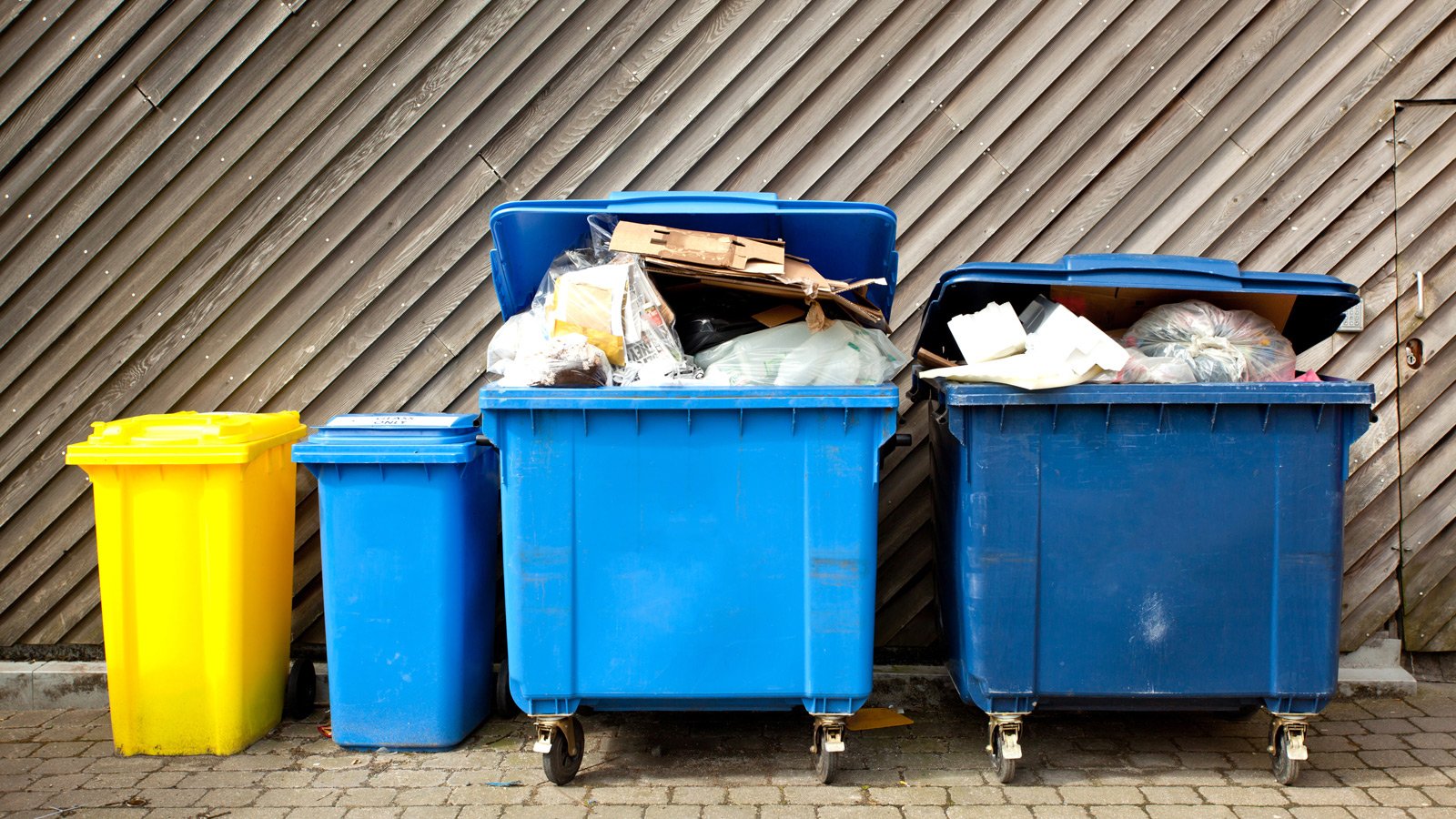What exactly does your company produce in terms of waste? By gaining insight into the quantity and nature of the waste, you can save a lot of money and work more sustainably. With these three steps, you can already get to work practically reducing and separating waste. In this way your company will become increasingly sustainable.
Once a company identifies what it produces in waste and knows how to improve it with this insight, it makes smarter use of valuable resources and the waste that remains. This is how we create ecological and economic gains. We gain insight by measuring. This data provides lots of information with which we can set up a smart waste management system. This leads to less waste, better separation of waste and less rejection of separated waste. Small changes on the floor turn out to make a big difference, as well for finances as the environment. Start now to get a better handle on waste with these three steps.
Insight into waste streams and smart savings
Step 1: Gain insight into waste streams. Simply put: find out what goes in the trashcontainer and where it comes from. That insight brings opportunities in terms of waste and ecological performance into clear focus. Milgro works with the LCA method to get a more complete picture of the CO2 emissions related to waste. We calculate the CO2 not only over the waste, but also look at its entire life cycle.
Milgro not only looks at the highest quality processing and actual reduction, but also at efficient transportation of waste materials. For example, we made an efficiency move in return logistics for a client. We often see trucks delivering raw materials to the company and driving back empty. The next moment, other empty trucks arrive to pick up waste. That can be done smarter. So we ran a pilot with this client to have the empty trucks driving back to the region hubs from the city hubs take cardboard and foil with them. In the region hubs, these streams are compressed with a pressing technique and delivered in transportable blocks. By reducing transport movements, the client can thereby indirectly save two tons of CO2 emissions.
Producing less waste
Step 2: Is the understanding of waste streams clear? Then we move to the next step: reducing waste. Reducing waste is an important part of the waste management process. This is customized for each company. Still, it pays to take an initial inventory yourself. What about cutting waste? Are raw materials purchased competitively? Can you use other packaging materials? Improvements can be made throughout the company.
Increase separation rate
Step 3: The more waste is separated, the greater the benefits: it saves costs and ecological performance improves. But how do we ensure a higher separation rate and reduce rejection? For one company, Milgro realized several behavioral changes on the shop floor. When waste comes off a conveyor belt, we move the separation bins closer and make them larger. The bins for residual waste become smaller and are placed further away. We design the shop floor to make it as easy as possible for employees to do the right thing. We are also improving communication and providing training. In addition to the aforementioned benefits, this also results in satisfied employees.
Stay informed
We regularly post about profitable sustainability, the circular economy and the resource transition on our social channels. Don't miss anything? Then follow us on LinkedIn or sign up for our newsletter.











